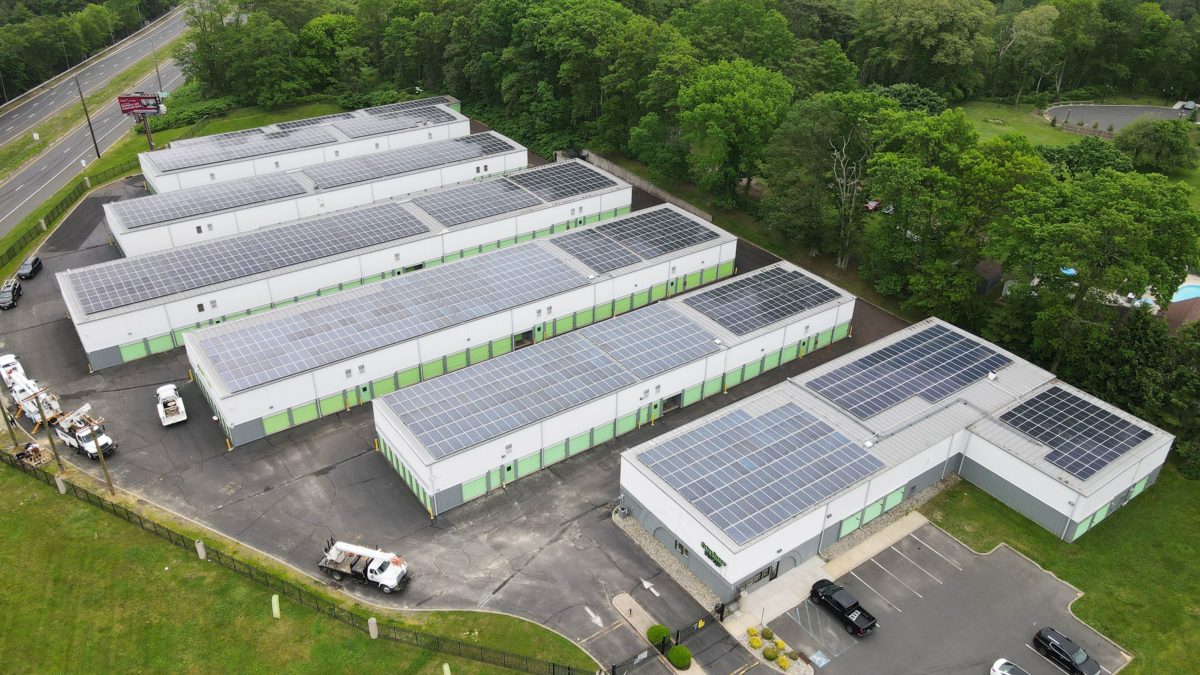According to a recent study, published in Nature Energy and led by researchers at Stanford University, commercial and industrial rooftop offer a great opportunity to reduce what researchers call the “solar equity gap.”
The gap exists because lower-income communities have historically been slower to adopt solar power than their affluent neighbors, even when local and federal agencies offer tax breaks and other financial incentives.
“The solar equity gap is a serious problem in disadvantaged communities, in part because of income inequalities, but also because residential solar isn’t usually practical for people who don’t own their homes,” said Ram Rajagopal, senior author of the study and associate professor of civil and environmental engineering and of electrical engineering at Stanford. “This new study shows that commercial and industrial properties have the capacity to host solar resources to fill in part of that gap.”
The researchers used satellite images and artificial intelligence to identify the number and size of rooftop solar arrays in 72,739 census tracts across the U.S., with about one-third of those tracts identified disadvantaged by the U.S. government.
The team tracked the amount of unused rooftops with good solar potential, then calculated the average annual cost of producing solar electricity in each area, based on the amount of local sun exposure and other variables. The costs ranged from about 6.4 cents per kWh in sun-drenched New Mexico to almost 11 cents in Alaska. Compare this to the 2022 electricity rate that was just over 20 cents per kWh in Alaska and about 10 cents in New Mexico, per Energy Information Administration data. The researchers noted that there would be additional costs of getting the power to residential areas as well as other costs, such as battery storage and the construction of microgrids.
“We estimate that battery storage would increase total system costs by about 50%, but even that would be practical in almost two-thirds of the disadvantaged communities we studied,” said Chad Zanocco, co-author of the study and a postdoctoral fellow in civil and environmental engineering.
The untapped rooftops offer great potential for community solar installations, which low-income residents could subscribe to. Community solar is a way for people to access solar energy who don’t own their own home or can’t afford the up-front cost of solar. Furthermore, the Inflation Reduction Act offers a bonus tax adder for community solar developers who build community solar projects in disadvantaged communities and have low-income subscribers.
“Beyond reducing carbon emissions and slowing climate change, increased access to solar power would offer tangible local benefits to lower-income communities,” said Zhecheng Wang, a co-author and a postdoctoral fellow at Stanford’s Institute for Human-Centered Artificial Intelligence. “This would promote local clean and low-cost energy generation, which would also increase the resilience from outages and reduce the pollution caused by fossil fuel power plants – many of which are located in low-income areas.”
This content is protected by copyright and may not be reused. If you want to cooperate with us and would like to reuse some of our content, please contact: editors@pv-magazine.com.









By submitting this form you agree to pv magazine using your data for the purposes of publishing your comment.
Your personal data will only be disclosed or otherwise transmitted to third parties for the purposes of spam filtering or if this is necessary for technical maintenance of the website. Any other transfer to third parties will not take place unless this is justified on the basis of applicable data protection regulations or if pv magazine is legally obliged to do so.
You may revoke this consent at any time with effect for the future, in which case your personal data will be deleted immediately. Otherwise, your data will be deleted if pv magazine has processed your request or the purpose of data storage is fulfilled.
Further information on data privacy can be found in our Data Protection Policy.